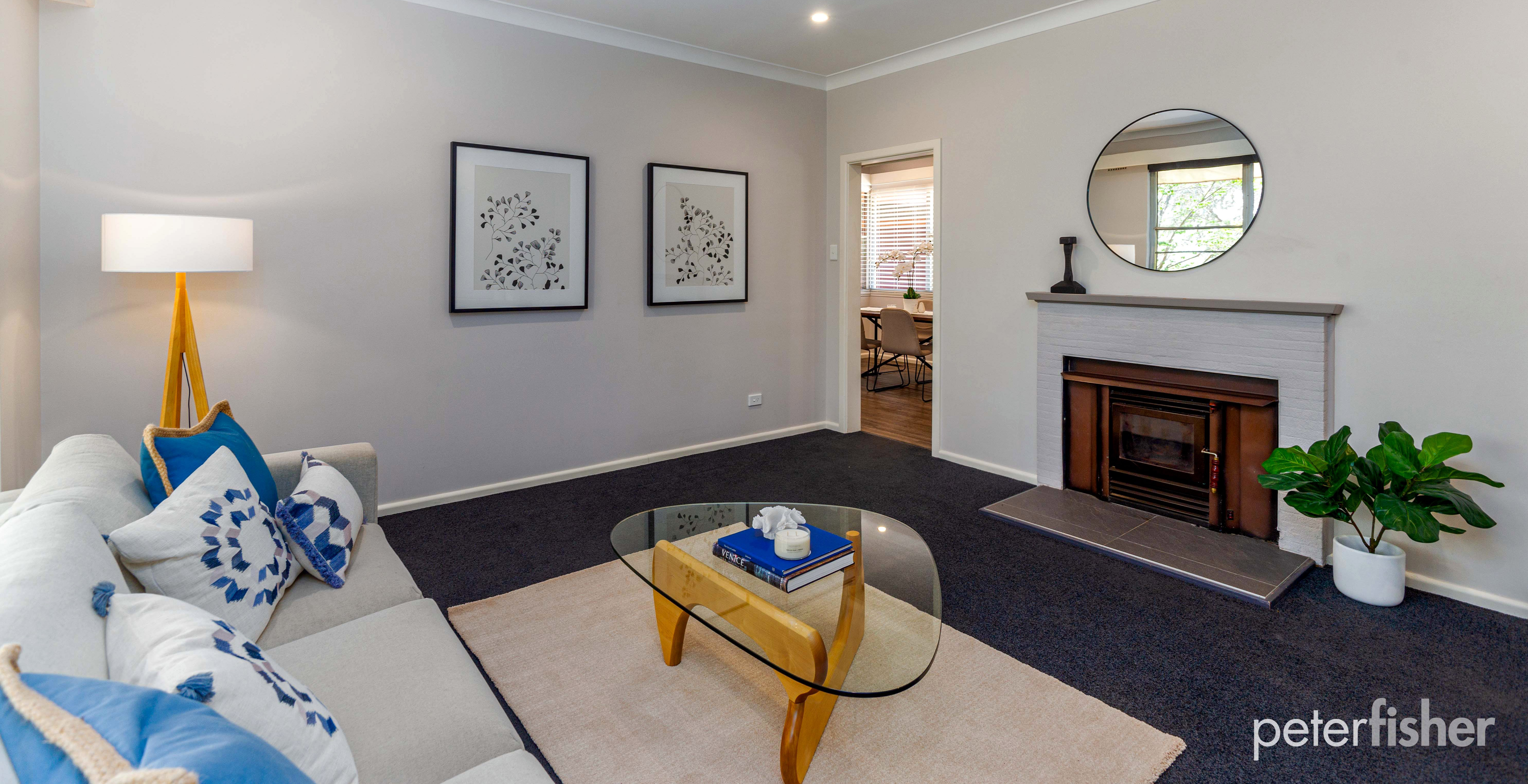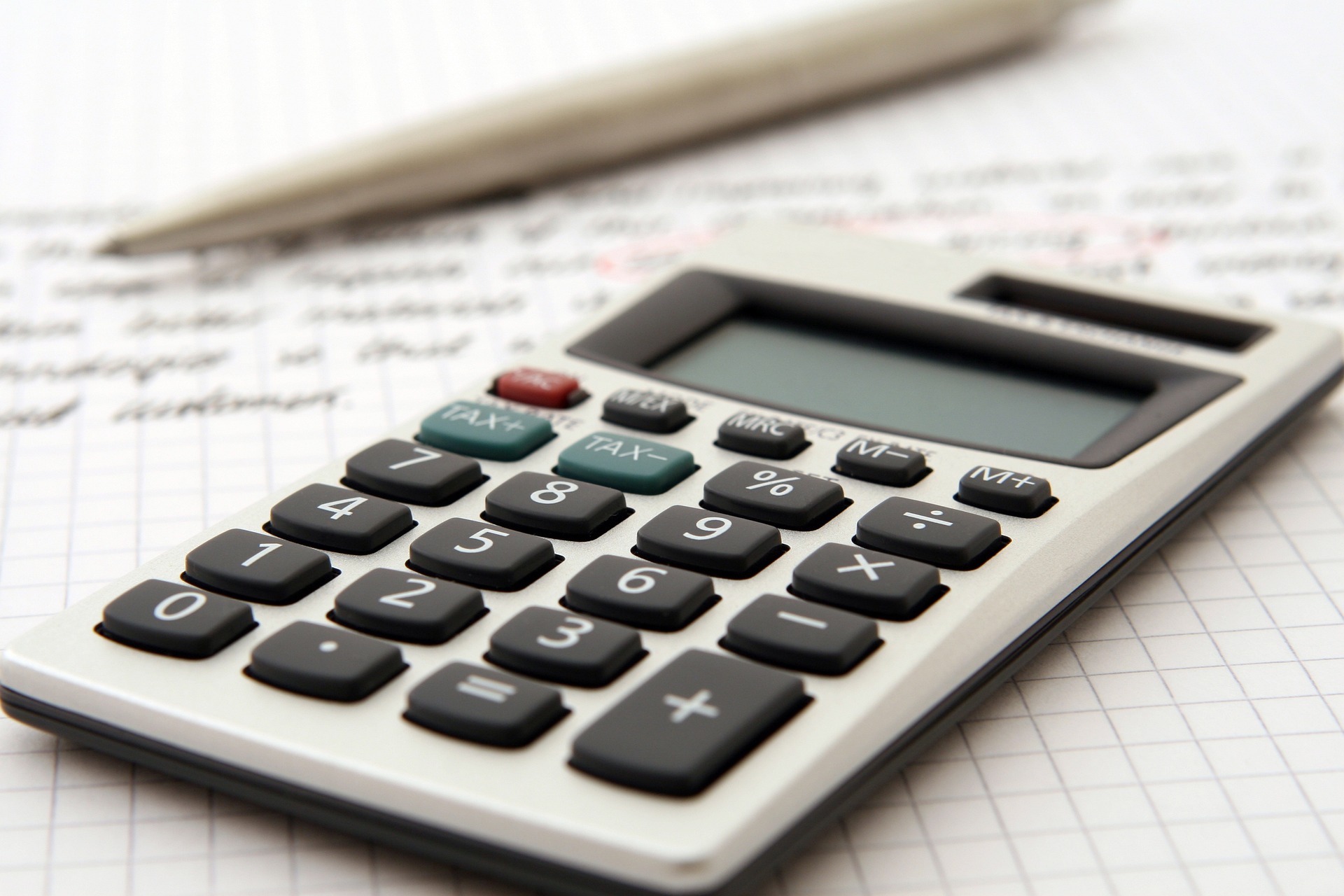Rate Rise Number 8 - What Does it Mean?
This week the RBA increased the cash rate a further 25 basis points to 3.10%, marking the largest rate tightening cycle since the early 2000s at 300 basis points.
A cash rate of 3.1% is the highest target adopted in 10 years. The increase follows signalling from the RBA it is committed to tackling the “scourge” of inflation, which has been shown to create lasting, detrimental effects on unemployment if not addressed with a strong monetary policy response.
There are early signs of a slight shift in the Australian economy, with further slowdowns expected as monetary policy permeates spending decisions. Though modest, retail sales declined through October (the first monthly decline in 2022), falling -0.2%. Commodity prices have continued to ease, as have supply chain pressures. New dwelling approvals continued to trend lower over October, and although rental markets remain very tight, the rate of growth in rental values has started to ease slightly in some markets. Quarterly growth in capital city rents peaked at 3.1% in July and has since eased to 2.5% in the three months to November.
However, there are still some indicators it is too early for a pause in the rate tightening cycle. The September quarter ABS business indicators data, released this week, reflected a 2.9% increase in wages and salaries, a growth rate not seen since 2007. In October, labour force data showed continued growth in the number of people employed, and the unemployment rate fell 0.1 percentage points to 3.4%.
The impact of recent rate rises on housing is flowing through to lower volumes of new mortgage finance secured. From May through to October of this year, the monthly value of secured finance declined -17.9%. Annual sales volumes have trended -13.3% lower compared to this time last year. Consumer sentiment through November also dropped a notable -6.9%.
A lift in the cash rate of 300 basis points is noteworthy, because of the 300 basis point buffer on home loan serviceability assessment introduced by APRA in October last year. New variable home loan rates for owner occupiers increased from a low of 2.41% in April 2022, to 4.58% in October. Assuming the November and December increases to the cash rate are passed on in full, this could take average new variable rates to 5.08%. For those rolling off of low fixed-term rates, an average variable rate of 5.08% may create a ‘sticker shock’, noting average fixed-term rates of three years or less bottomed out at 1.95% for owner occupiers.
At 3.1%, the cash rate has now entered the lower bound of major bank forecasts for a peak in the cash rate, with forecasts made in October ranging from 3.1% to 3.85%. The higher rate environment will test housing market conditions in 2023, when the majority of outstanding fixed-term mortgages are expected to expire.
Source: Corelogic: Rate Rise Number 8
What does this mean for the Orange real estate market? Here is what our agents believe may happen in 2023 on the back of this latest rise:
Michael says:
“The interest-rate rises have caused some adjustment in prices in the orange market, however, CBD properties and acreage seem to be holding their value. Buyers are adjusting their expectations so they can service the debt and there is much more choice on the market now. This has seen the number of days on market go back to what it used to be at the 4 to 6 weeks mark before the property is placed under offer.”
Jacob says:
“Historically regional parts of NSW do not seem to be affected as significantly as metropolitan areas when interest rates rise. I think this primarily comes down to the fact that when people have their borrowing capacity lowered, they often shift their focus further west to find a more affordable property to purchase. This is a big reason that regional areas don’t tend to see the declines that occur in metropolitan areas.
We still know there are plenty of people in the area who are selling properties early in the year and they are also going to be looking to buy back into the market, so we can still see future buyer demand and new buyers will be still coming into the market, albeit not to the same level of what we were experiencing 6-12 months ago.”
Chris says:
“The market and sales cycle has seemed to have picked up again since the slowing of rate rises over the last month. We know by conversations and feedback from buyers and backed by statistics that there is a large number of buyers waiting for the right moment to enter the market and watching patiently on the sidelines.
Once the rates steady off, I think we will see quite the influx of buyers entering into the market again and steady or improve the sales within the area.
Orange is still very highly regarded for investors and home occupiers and this should continue to keep strong results through next year. I would be surprised if we don’t see a small uplift again in pricing through next year as supply tightens again, will it be like the last two years … NO but I think days on market will shorten and turnover of properties increase again next year once people know what their new baseline is for affordability.
If you would like to know more about how the interest rate rises might affect you if you’re considering buying or selling, please don’t hesitate to contact any of our agents – they would love to hear from you and are always happy to chat!



